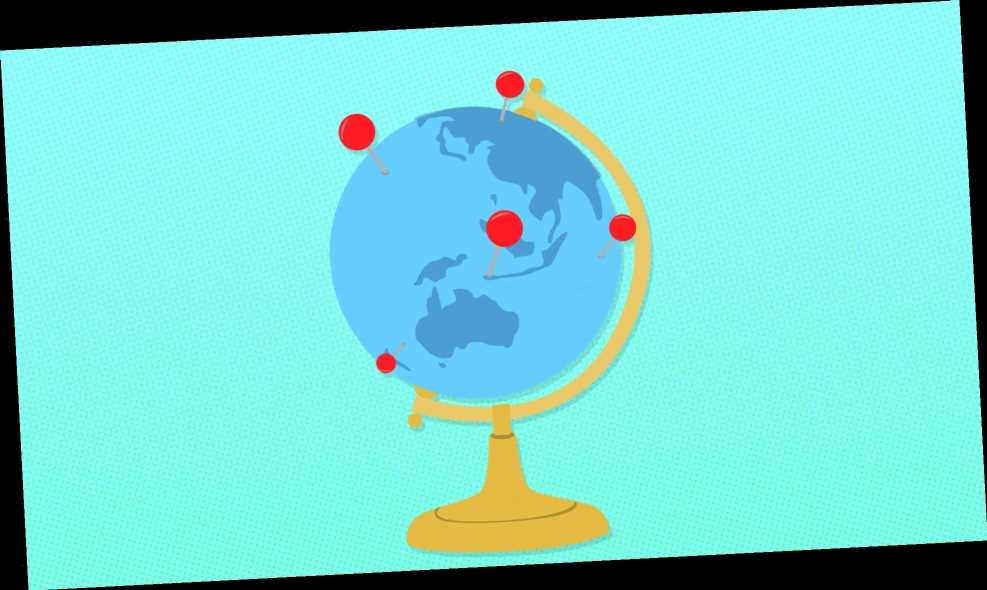Most families have holiday traditions they take pride in, whether they’re passed down from generation to generation or created new this year. But it’s important to teach kids about holiday customs from other cultures as well — and it can be a ton of fun, too. So why not help your kids learn about these festive traditions from around the world?
You never know; they may well inspire a new family tradition or two for you, too.
St. Stephen’s Day in Ireland
Christmas festivities in Ireland tend to be more religious in nature than, you know, Santa-based, and they last from Christmas Eve until January 6 (Epiphany). On the 26th, St. Stephen’s Day, an Irish tradition known as the Wren Boys Procession takes place; children go door-to-door singing, holding a stick topped by a holly bush and a wren. They ask for money for the “starving wren” (money that, of course, goes into their own pockets). In ancient times, a real wren was killed and fastened to the stick, but thankfully, these days the birds are fake.
Sviata Vechera in the Ukraine
The Christmas Eve festivities in the Ukraine are known as Sviata Vechera, which means “Holy Supper.” The celebration begins when the first evening star is sighted in the night sky. In farming communities, the household head brings in a sheaf of wheat which symbolizes the wheat crops of Ukraine. It is called “didukh,” which translates to “grandfather spirit.” In homes within the city, a few stalks of wheat may be used to decorate the table.
Omisoka in Japan
In Japan, Omisoka, or New Year’s Eve, is the second most important holiday of the year, following New Year’s Day, the start of a new beginning. Japanese families gather for a late dinner around 11 p.m., and at midnight, many make visits to a shrine or temple. In many homes, there is a cast-iron bell that gets struck 108 times.
New Year’s Eve in Ecuador
In this South American country, folks dress up a straw man to represent the old year, and family members make a will for the straw man that lists all of his “faults.” At midnight, they burn the straw man — in hopes that their own faults disappear too.
Kwanzaa in the U.S.
Kwanzaa is a weeklong celebration honoring African-American culture. It was first celebrated in 1966 and is one of the fastest growing holidays. A Kwanzaa celebration often includes singing, drumming and a selection of readings such as the African pledge or parts of African history.
Next: Ta Chiu in Hong Kong
Source: Read Full Article
